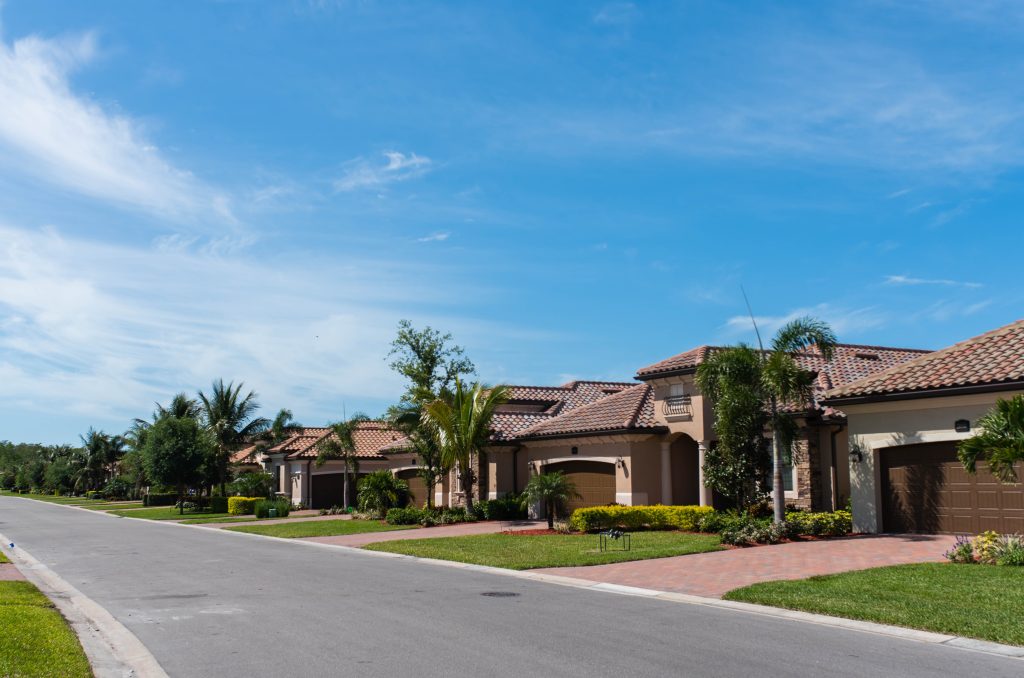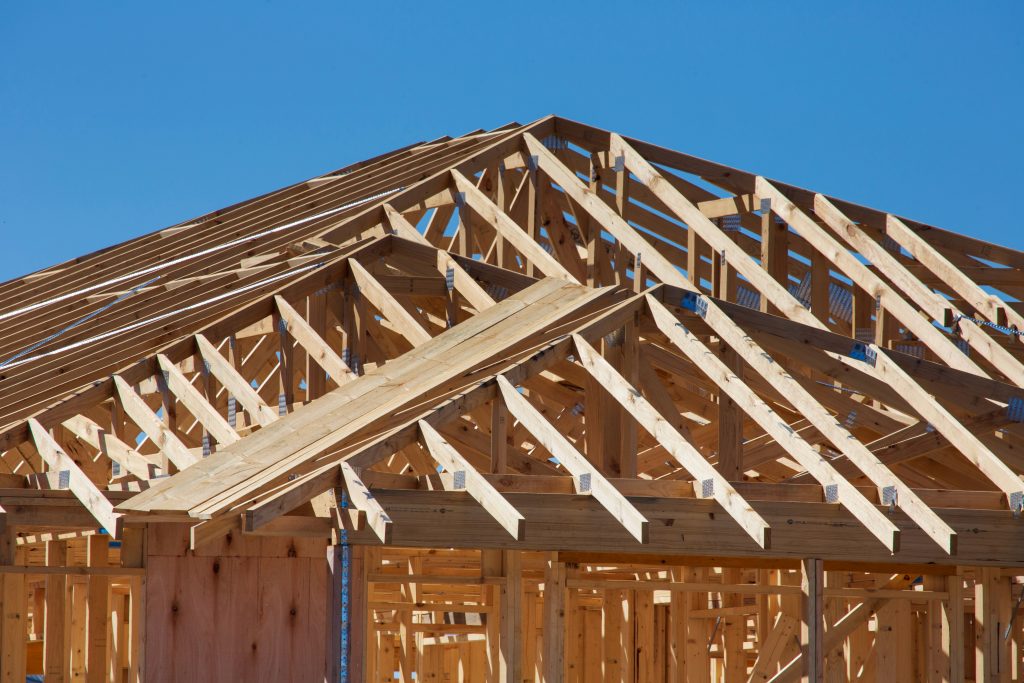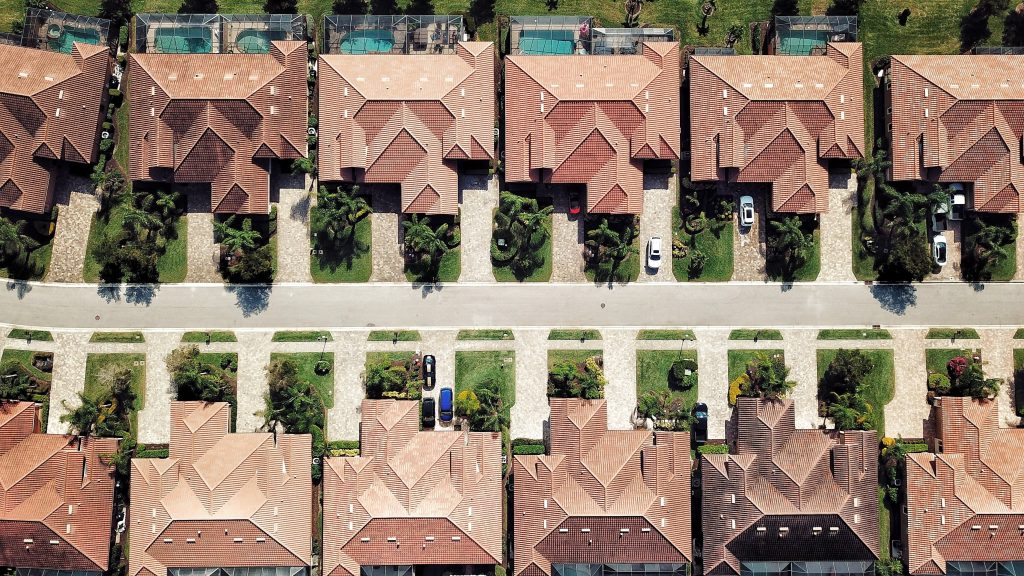What is a Roof Replacement Schedule?

Updated May 21, 2024
As a homeowner in Florida, protecting your home and its contents against damage and loss is essential. Homeowner’s insurance is designed to provide financial protection in the event of a covered loss, such as damage to your home’s roof. When it comes to insuring your roof, two terms that may come up are replacement cost and roof replacement schedule. In this blog, we’ll explore the differences between these two concepts and why they matter.
Replacement Cost for Roofs
Replacement cost coverage is a type of insurance policy that provides coverage for the full cost of replacing damaged or destroyed property with new items of similar kind and quality. This means that if your home or personal property is damaged or destroyed, the insurance company will pay to replace it with new items, without deducting for depreciation. Replacement cost coverage is often preferred by homeowners because it provides more comprehensive protection than actual cash value (ACV) coverage, which takes depreciation into account and may not fully cover the cost of replacement.
When it comes to your roof, replacement cost coverage will typically cover the full cost of repairing or replacing it, minus any deductible you have chosen. However, this coverage may have limitations, such as exclusions for certain types of damage or a cap on the total amount that will be covered.
Under this coverage, the insurance company will pay for the cost of replacing your roof with materials of similar quality and functionality to your previous roof. This includes the cost of labor and any necessary permits or inspections.
It’s important to note that replacement cost coverage is typically more expensive than actual cash value coverage, which takes into account the depreciation of your roof over time. However, replacement cost coverage can provide greater peace of mind and financial protection in the event of major roof damage or loss.
When you purchase replacement cost coverage for your roof, your insurance company may require an appraisal or inspection of your home’s roof to determine its current condition and value. It’s also important to review your policy to ensure that the coverage limits are sufficient to cover the full cost of replacing your roof in the event of a loss.
Roof Replacement Schedule

A roof payment schedule is a method used by some insurance companies to determine the settlement amount for roof damage claims. Unlike the more common Actual Cash Value or Replacement Cost settlements, a roof payment schedule calculates the payout based on the age and condition of your roof at the time of damage. This approach aims to balance the insurance company’s risk with the homeowner’s need for coverage.
How Does the Roof Payment Schedule Work?
The roof payment schedule operates on a sliding scale, where the settlement amount decreases as the roof gets older. Here’s a simplified example of how it might work:
- Roof Age 0-5 years: 100% of the replacement cost
- Roof Age 6-10 years: 80% of the replacement cost
- Roof Age 11-15 years: 60% of the replacement cost
- Roof Age 16-20 years: 40% of the replacement cost
- Roof Age 21+ years: 20% of the replacement cost
These percentages and age brackets can vary significantly between insurance providers and policies. The critical aspect to understand is that the amount your insurer is willing to pay decreases as your roof ages. In some cases, the policy may exclude coverage for a roof that is over a certain age, typically 20 to 25 years.
When you purchase a homeowner’s insurance policy in Florida, your insurance company may ask you for an inspection that details the age and condition of your roof, as well as any previous repairs or replacements that have been made. Based on this information, the insurance company may adjust the premium or coverage limits for your policy.
The roof replacement schedule typically includes the following information:
- The type of roof and its expected lifespan
- The date the roof was installed or last replaced
- Any previous repairs or replacements that have been made to the roof
- The estimated cost of replacement, taking into account inflation and other factors
Using this information, the insurance company will determine what portion of the cost of replacement they will cover. This portion is often adjusted annually to consider the additional wear and tear on the roof as it ages.
The Process of a Payment Schedule Claim
- Damage Assessment: After reporting roof damage, an insurance adjuster will inspect your roof to assess the extent of the damage and determine the replacement value.
- Age Verification: The adjuster or insurance company will verify the age of your roof, often requiring documentation or proof of installation.
- Payment Calculation: The insurance company refers to their payment schedule, applying the appropriate percentage based on your roof’s age to the replacement value. This calculation determines the settlement amount.
- Settlement: You receive the calculated amount from the insurance company minus your home insurance deductible.
Advantages and Considerations
Advantages:
- Predictability: Homeowners know in advance what percentage of a claim they might expect based on their roof’s age.
- Fairness: This method aims to balance the insurance company’s risk with the homeowner’s need for coverage.
Considerations:
- Lower Settlements for Older Roofs: Owners of older roofs may find the settlement amount under a payment schedule to be lower than they would like, particularly if the roof was nearing the end of its lifespan when damaged.
- Policy Variations: Not all insurance companies offer a payment schedule option, and those that do can have significantly different schedules and percentages.
Helpful Tips for Homeowners
To ensure you receive the correct settlement under a roof payment schedule, consider the following tips:
- Maintenance Records: Keep detailed records of all maintenance and repairs, as these can affect the settlement process and your roof’s evaluated age.
- Understand Your Policy: Review your insurance policy to understand which settlement method applies to you and how it’s calculated.
Conclusion

When it comes to insuring your roof, replacement cost coverage and a roof replacement schedule are two important concepts to understand. Replacement cost coverage provides financial protection in the event of a covered loss, while a roof replacement schedule helps to estimate the expected lifespan of your roof and plan for its eventual replacement. By understanding these concepts and working with your insurance agent to ensure that you have the right coverage in place, you can protect your home and your financial well-being.
For more information or personalized assistance, feel free to contact our team at Blanchard Insurance. We are here to help you every step of the way.
Click HERE to get a home insurance quote TODAY!